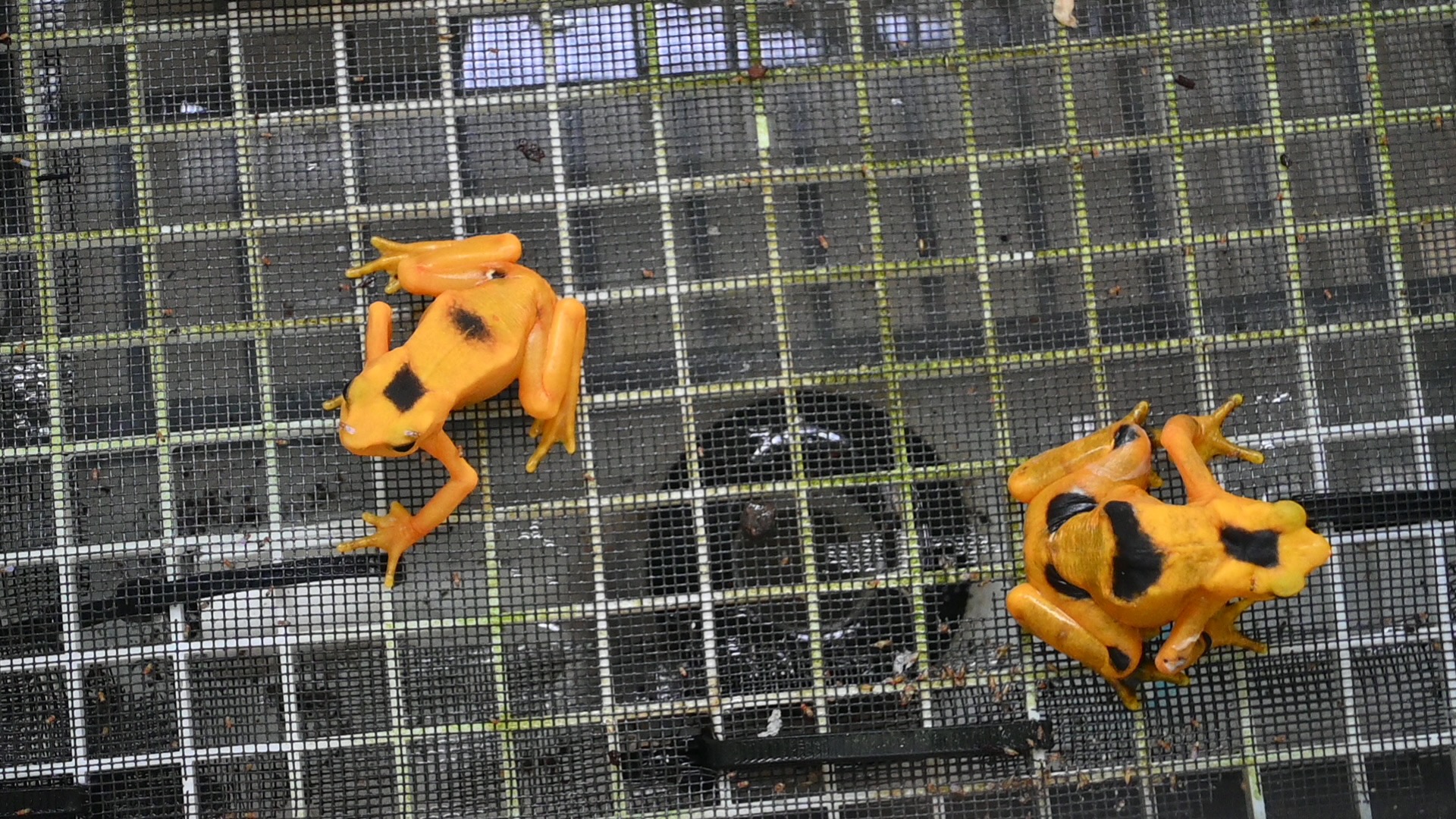Photo: Elizabeth Walsh, story author and Ph.D. candidate in the Rueckert Lab at UNR, prepares materials for a mosquito feeding during Sept. 2023. Credit: Hitchcock Project.
As the summer of 2023 reached its final days in late August, helicopters set out across Northern Nevada. Equipped with biological larvicide, the helicopters applied it to areas favorable for mosquito breeding. This was the latest in a series of mosquito abatement efforts for the season.
While most people find mosquitos annoying, and being bitten can be irritating and uncomfortable, Washoe County utilizes biological larvicides each year for a more important reason – to reduce mosquito-borne disease transmission.
The US is home to more than 200 species of mosquitoes, including blood-sucking mosquitoes of the Aedes, Culex, and Anopheles genera, which can transmit viruses and parasites to humans when they feed. In Nevada, three different species of Culex mosquitoes — Culex tarsalis and Culex pipiens in Northern Nevada, and Culex quinquefasciatus in Southern Nevada — are the primary carriers of West Nile virus.
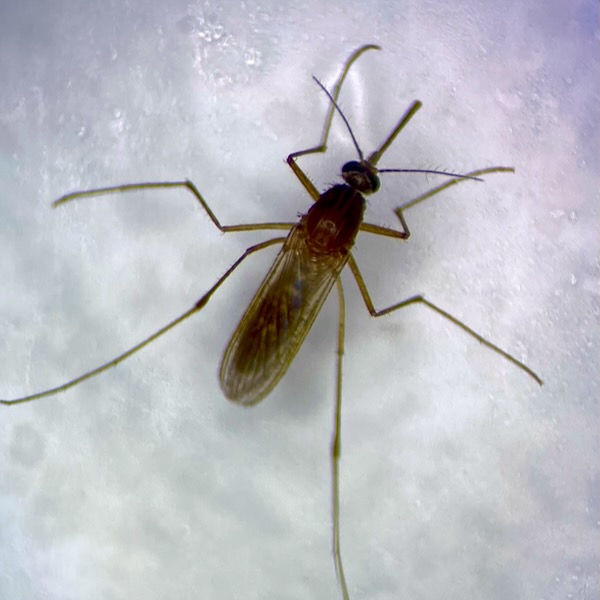
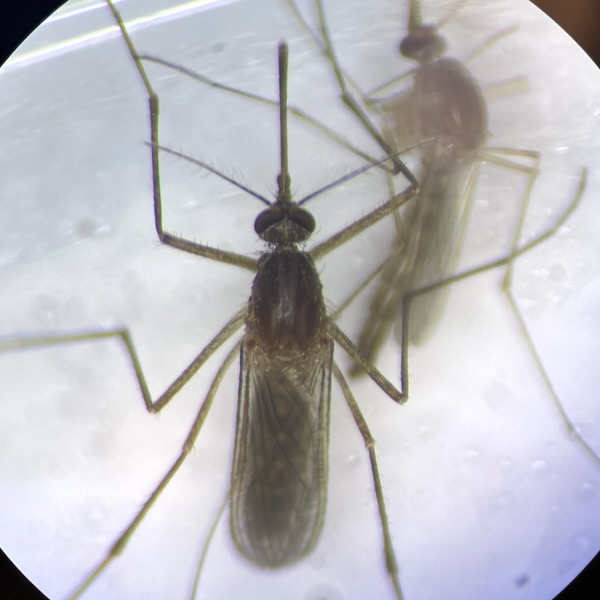

Culex mosquitoes up close. Credit: Elizabeth Walsh.
West Nile virus was first introduced into the United States in 1999; now, cases are reported in nearly every state and have caused 2,773 deaths. In Nevada, West Nile virus was first detected in Clark County in 2004 and has since been reported in every Nevada county. There have been 60 confirmed cases in Washoe County, and in 2019, according to the CDC, Nevada had one of the highest incidences of West Nile virus in the United States.
Changes in weather patterns due to climate change could further complicate the situation. According to Claudia Rueckert, Ph.D., assistant professor in the Department of Biochemistry & Molecular Biology at UNR, wet years with temperate weather favor mosquito breeding. Mild winters, changes in rainfall patterns, and warmer temperatures could bring more cases of West Nile virus to Northern Nevada.
“It is hard to predict the effect of climate change on West Nile virus,” says Rueckert. “Species such as Culex quinquefasciatus are moving further north, which could shift virus transmission.”

Washoe County’s current aerial larvicide spraying strategy may not be effective forever. Humans have used insecticides to control pests since as early as 2500 B.C., but the more an insecticide is used, the higher the chance insects will evolve resistance to them.
Mosquitos are no exception. They are becoming increasingly resistant to insecticides, including larvicides. Humans have been developing new insecticides for centuries to combat this problem, but insecticide development is declining while mosquito resistance is rising.
We need new long-term vector control methods to combat the spread of mosquito-borne pathogens. But, compared to other mosquito vectors, Culex mosquitos are significantly understudied. The Rueckert lab, started at UNR in 2019, aims to change this.
“Culex mosquitoes are the main mosquito vector in the United States,” said Rueckert. “However, many labs that work on mosquitoes do not work on Culex.”

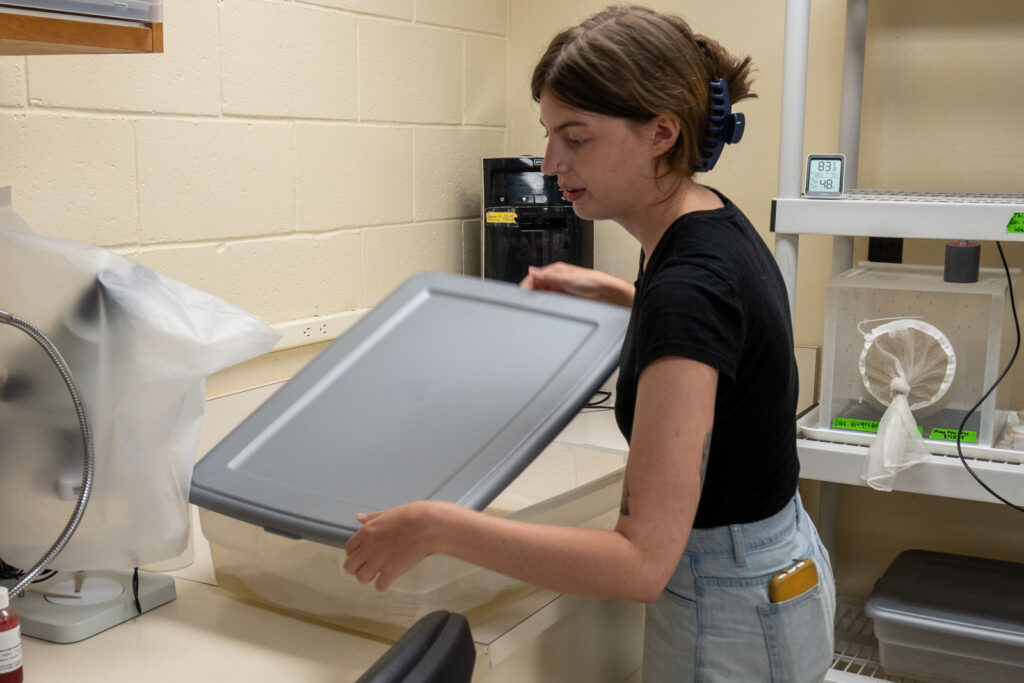

The Rueckert lab studies how viruses interact with a mosquito’s immune system. The lab is currently focused on understanding the immune system of Culex mosquitoes.
“There are a lot of interactions between the mosquito and the virus, so if we had a better understanding of those interactions, we could maybe interrupt transmission,” says Brian Prince, a graduate student in the Rueckert lab.
Recently, genetically modified Aedes aegypti mosquitoes, also known as transgenic mosquitoes, were released in Florida to reduce the spread of pathogens (disease-causing organisms), such as the dengue virus. These mosquitoes carry a gene that kills female offspring, which reduces mosquito populations over time. While this effectively reduces the spread of viruses, “Population control is fundamentally difficult as a sustainable way to deal with the problem since you have to keep reducing the population,” says Rueckert.
Another proposed method for mosquito control is to develop transgenic mosquitoes that cannot pass on pathogens. “If you are thinking about mosquitoes that cannot transmit pathogens, you could come up with a relatively sustainable solution,” says Rueckert.

To make these mosquitoes, researchers would need to manipulate the mosquito’s immune system to create mosquitoes that block pathogen transmission. Given that there is so little known about the immune system of Culex mosquitoes, members of the Ruckert lab have focused their research on understanding antiviral pathways and pathogen recognition.
Recently, the lab discovered a protein in Culex quinquefasciatus and Culex tarsalis cells that is antiviral against La Crosse encephalitis, a virus closely related to West Nile virus. The protein, known as “Piwi4,” is one of the first antiviral proteins discovered in Culex mosquitoes. The published work gives new insight into antiviral pathways in Culex mosquitoes.
While Piwi4 is likely a part of an antiviral pathway that is activated after pathogen recognition, the lab also works to understand how these antiviral pathways are activated.
“We tried to understand how mosquitoes first recognize infection, said Prince. “Like in all animals, recognition of infection is the first step to fighting an infection.”.
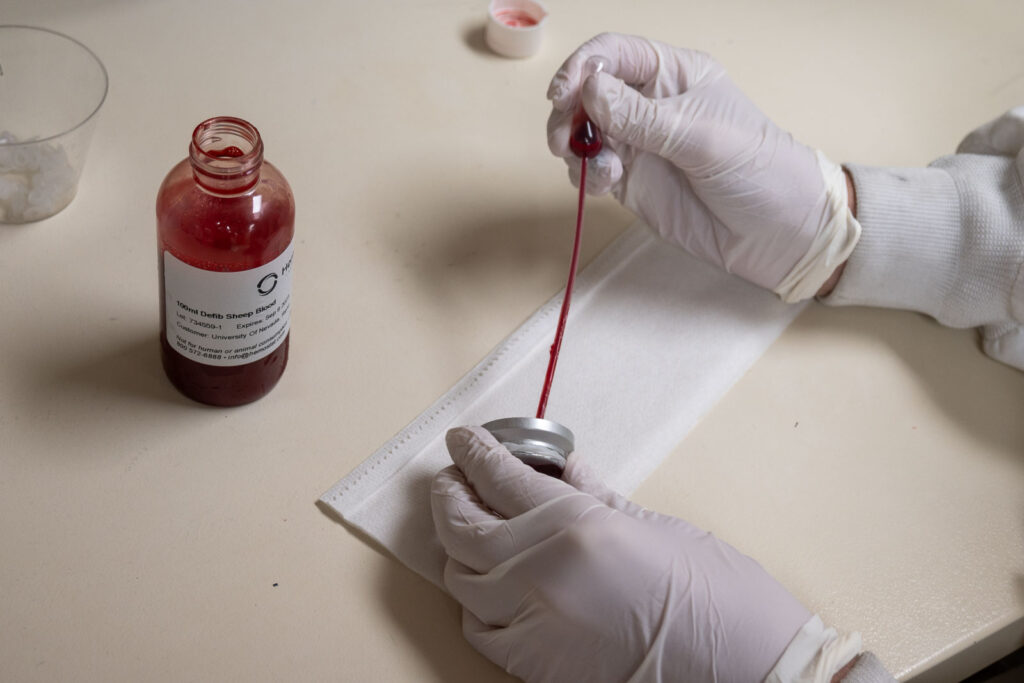
They found that a protein known as “Toll6,” a member of a class of proteins known to recognize human pathogens, is antiviral against La Crosse encephalitis virus in Culex quinquefasciatus cells.
They also found that the antiviral effect of Toll6 is likely related to immune stimulation. When using an immune stimulant, they saw an increase in expression of Toll6. “Culex mosquitoes have nine toll receptors, and none of them had been studied, so to find one that was antiviral was super exciting,” says Prince.
While West Nile virus will undoubtedly be a problem Northern Nevada continues to face in the coming years, the Rueckert lab at UNR is making vital strides in understanding Culex mosquitoes and hopes to work towards eliminating mosquito-borne viruses.
Elizabeth Walsh is a Ph.D. candidate in the Biochemistry Department at UNR. She works in the Rueckert Lab at UNR and writes a blog called “Buzzing Insights,” about the wonderful world of insects.


